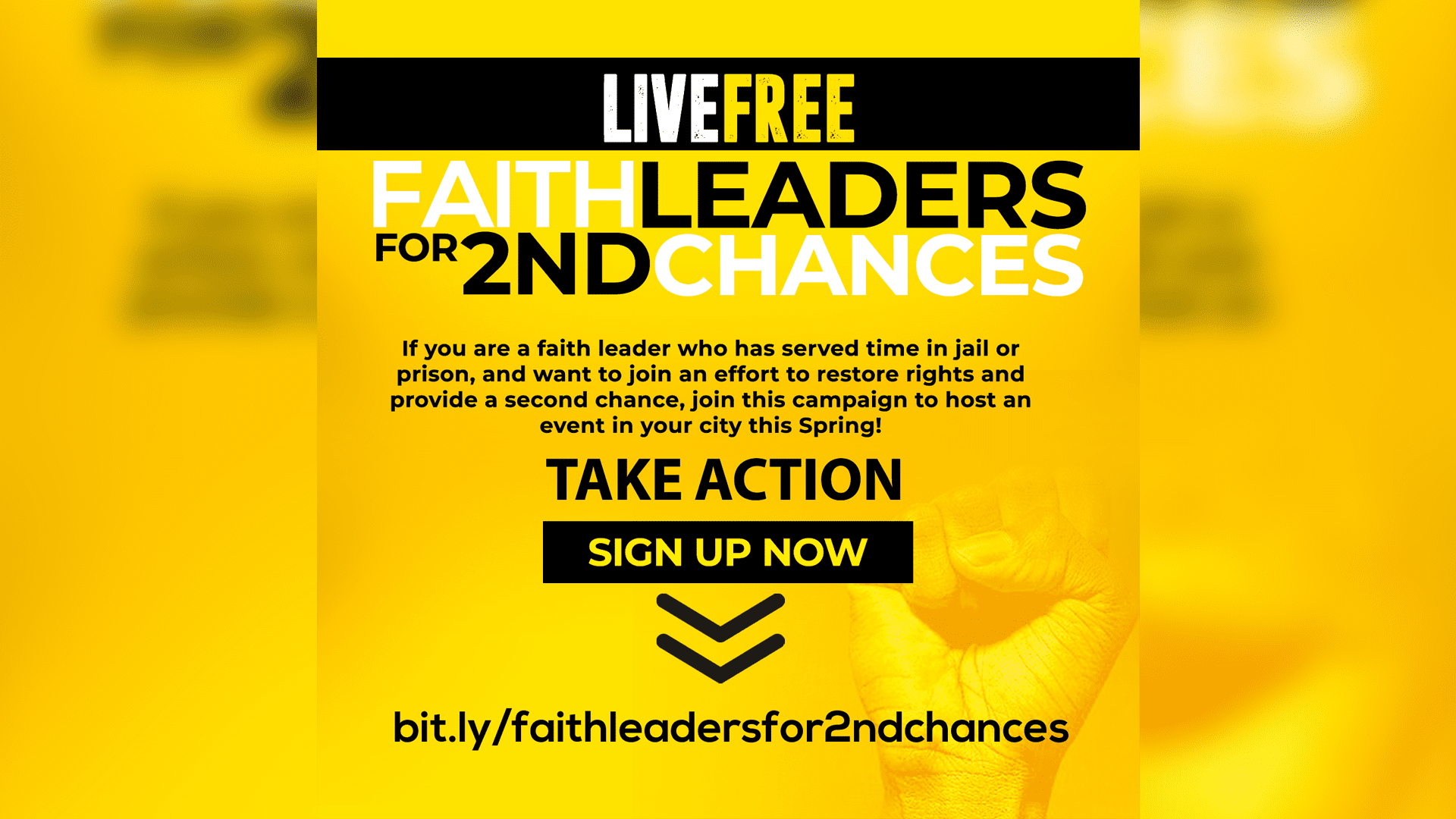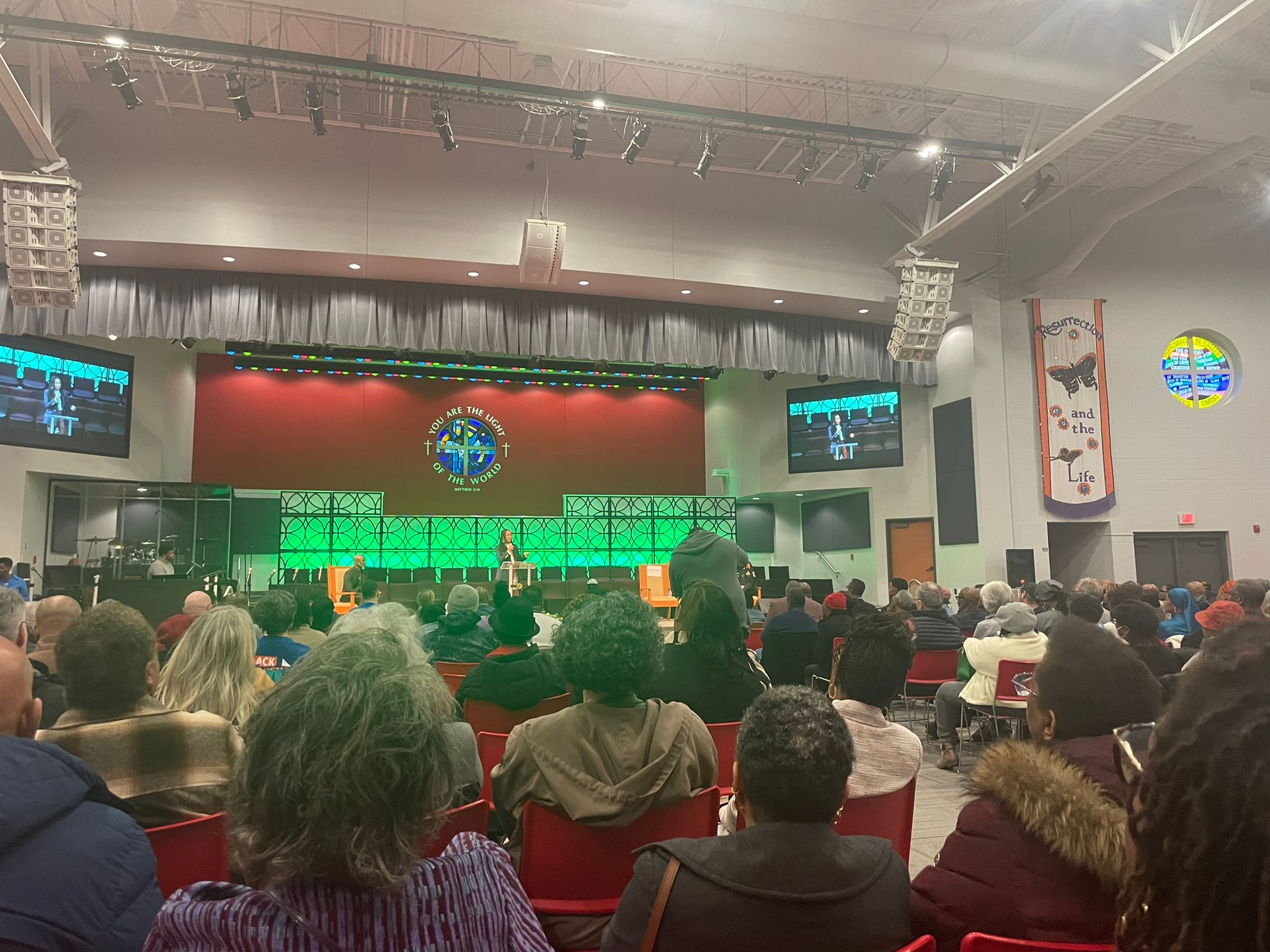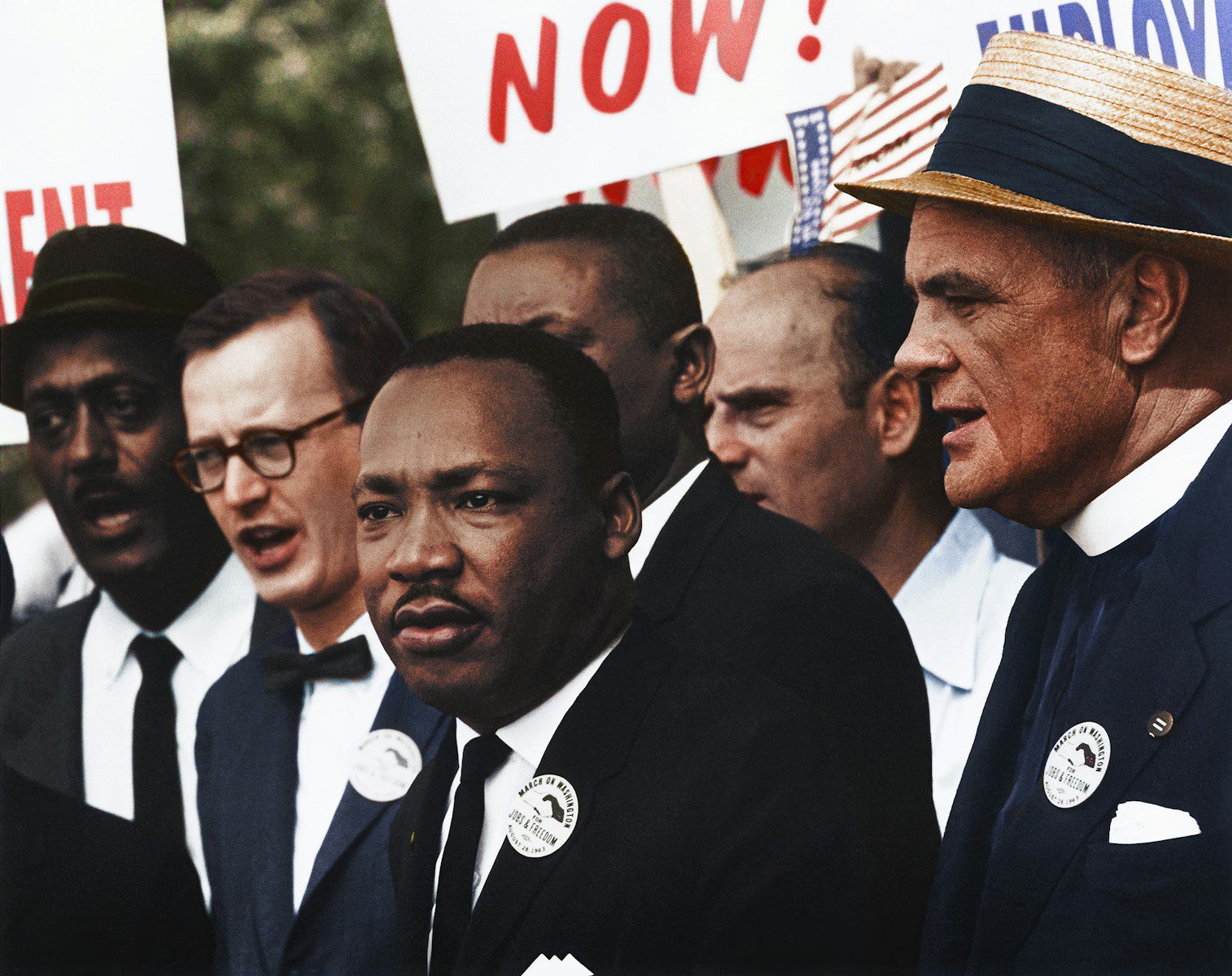Amid a murder crisis in America, governments are investing millions in local, non-police programs. The violence intervention workers leading them are now under pressure to prove their worth.
This story is exempt from ProPublica’s Creative Commons license until March 31, 2023.
Corey Winfield was 10 when he saw someone get shot for the first time. He and a friend were marching around with a drum in the Park Heights section of Northwest Baltimore, and a few older guys asked if they could use it; while they were doing so, someone came up and shot one of them in the back, paralyzing him. At 11, Corey found his first gun, in an alley near his school. He sold it to a friend’s older brother for $45 and used the money to buy lots of penny candy. At 13, he saw someone get killed for the first time — a friend, who was 14 — and that year he started selling drugs. After he was robbed a few times, he bought another gun. When he was 17, he was buying some drugs to sell when the dealers tried to rob him, so he shot one of them, killing him.
Winfield went to prison for nearly 20 years. Two weeks after his release, in 2006, his younger brother, Jujuan, who was 21, was shot to death outside the family’s house. For days, Winfield stalked the man he suspected of the murder; he might have killed him, but a police cruiser appeared as he was about to shoot. He went home, where he found his aunt Ruth, who had brought him up, sitting alone in the dark. She told him that she knew what he was up to. “Please stop, I don’t want to lose another baby,” she said to him. “I broke down and we cried on the sofa,” Winfield told me.




